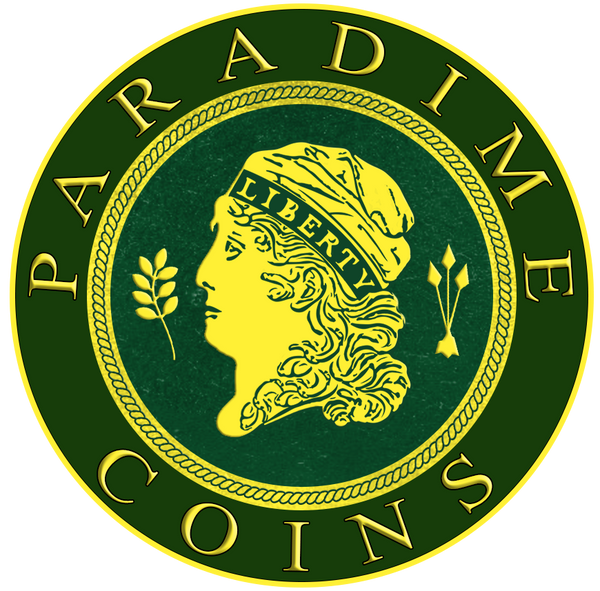1831 1/2C 2nd Res, Rev Style of 1840, BN
Share

The 1831 1/2C Second Restrike with the Reverse Style of 1840, and a Brown (BN) Proof finish, is one of the most intriguing and scarce half cents for dedicated numismatists. Often regarded as a coin with exceptional rarity, this piece is particularly fascinating due to its unique production and historical nuances. The coin was struck from what is known as Second Restrike dies, with the reverse die being used up until the 1840s, making it a subject of intrigue for collectors and historians alike.
Mint and Mintage : The 1831 1/2C Proof was produced in the Philadelphia Mint, the hub of early American coinage. These restrikes were typically not documented with an exact mintage but are presumed to be extremely low. Generally, estimates suggest that fewer than around two dozen of these Second Restrike examples were ever minted, often on behalf of collectors and top officials of the Mint of that period, which makes them particularly scarce in today’s market.
PCGS Details : The Professional Coin Grading Service (PCGS) designates this specific coin with the number #1192. Such designation assists collectors and investors in identifying its authenticity and ensuring its rarity and value in the coin market. Known for its exceptional strike and proof quality, these coins frequently demonstrate sharp details and attractive brown surfaces.
Historical Context : From a numismatist's perspective, the 1831 1/2C Second Restrike represents a fascinating period in the history of U.S. coinage. The original regular-strike 1831 half cents belong to a pivotal era of transitional design. However, the Second Restrikes, including those featuring the Reverse Style of 1840, highlight the Mint’s practice during the mid-19th century of creating high-quality collectors’ pieces from existing dies. These endeavors were partly to satisfy the demands of a burgeoning segment of coin collectors and partly to reflect experimental techniques in the proofing process.
Market Value and Sales : The value of the 1831 1/2C Second Restrike can vary widely based on the coin's condition, market demand, and the specific details of its provenance. Notably, such coins have fetched significant figures at various auctions; for instance, it has been known to reach prices upwards of tens of thousands of dollars, depending on grade and provenance. Specific sales have exceeded the $50,000 mark, underscoring its allure among collectors who appreciate its rarity and historical significance.
Numismatic Importance : This coin holds a special place in numismatic circles due to its combination of rarity, historical interest, and the mystique surrounding restrike issues. The second restrikes are esteemed because they embody a bridge between routine currency production and the evolving notion of coin collecting as its own discipline. Representing a tangible link to the early 19th-century Mint practices, these coins are treasured pieces that reflect both advancements in minting technology and the personal tastes of early coin collectors. Overall, the 1831 1/2C Second Restrike with the Reverse Style of 1840 is more than just a rare artifact; it is a pivotal piece in understanding the history and progression of American numismatic art. The allure of collecting such coins lies not just in their scarcity but in their ability to offer insights into the sophistication and aspirations of the U.S. Mint during this intriguing era.





